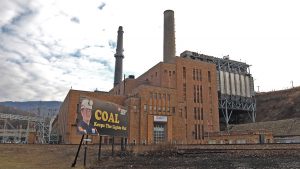
The movements on the Green energy front (What does it mean?) have become complex, obscured tea-leaves reading exercises and here’s another one that will get little attention though it rolls disparate dynamics into one [silent] scream:
The Federal Energy Regulatory Commission on Monday unanimously rejected a proposal by Energy Secretary Rick Perry that would have propped up nuclear and coal power plants struggling in competitive electricity markets.
The independent five-member commission includes four people appointed by President Trump, three of them Republicans. Its decision is binding.
TL;DR – the commission endorses markets. ‘Sustainable’ was an iffy signifier until people. Started. Making. Money. Or put another way: Guy comes into his shrink’s office after a hundred sessions and the doc lays it all out. Everything comes down to: It doesn’t matter which green we’re talking about. They both point to the same place. Ugly, perhaps, and maybe not inevitable enough to happen in time. So parades and grandstanding will seem a little gratuitous and a kind of devolution at the hand of the money power. Again, hate the irony, not the player.
Image: future skate park?

 We wish they were more rare. But just as rising wages are bad news for business(?) and solar most horribly spells doom for coal, word in the oil game is that consistent catastrophes are needed
We wish they were more rare. But just as rising wages are bad news for business(?) and solar most horribly spells doom for coal, word in the oil game is that consistent catastrophes are needed 

